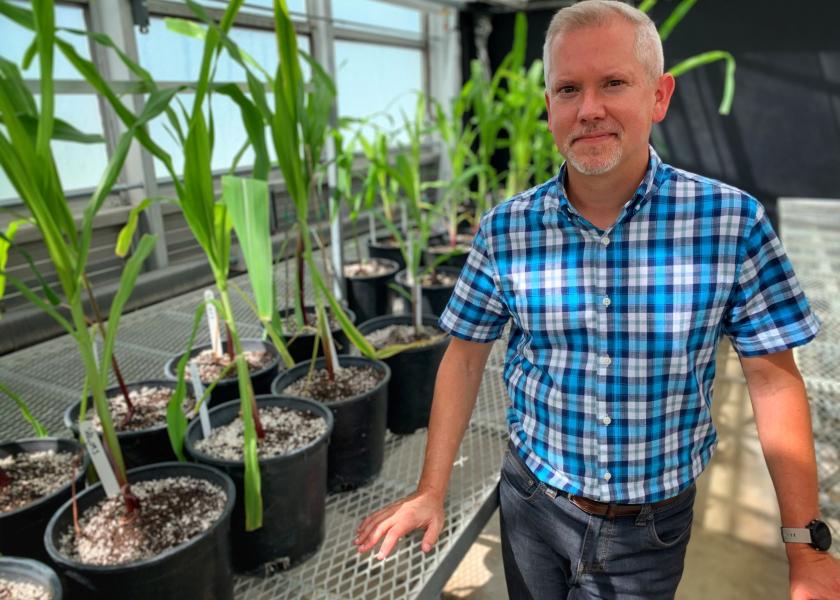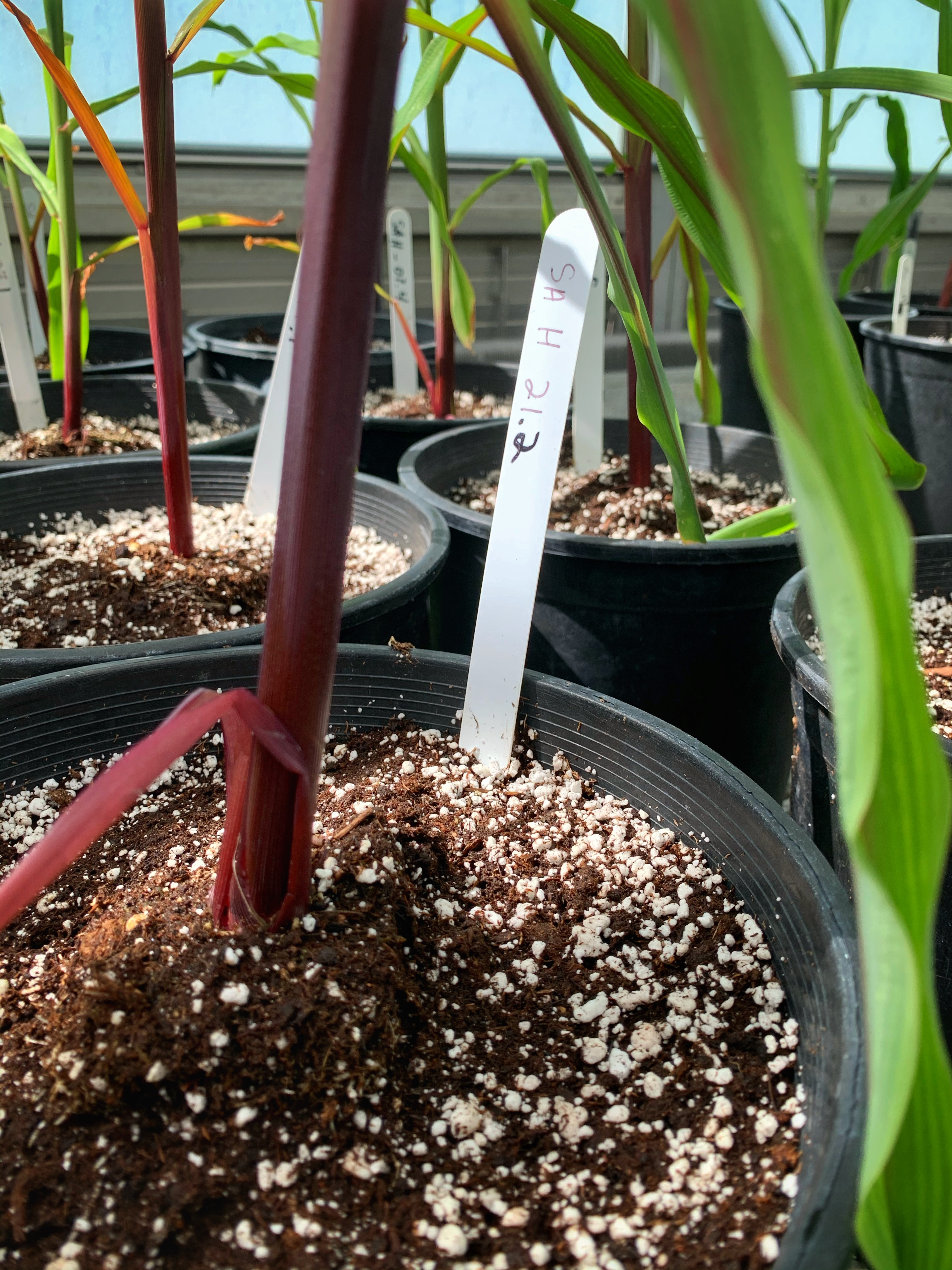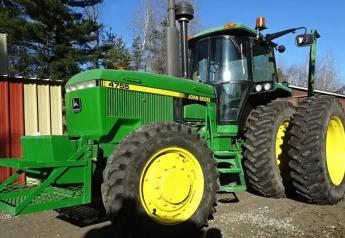Unraveling the Genetic Mysteries of Maize

From the hilltops and back corners of Mexico’s traditional farms to the sterile potted corn plants at a greenhouse atop Iowa State’s Bessey Hall, associate professor of ecology, evolution and organismal biology, Mathew Hufford, is fixed on unlocking the genetic mysteries of corn.
“If you see those deep red pigmented stems, you know that’s an adaptation to high elevation,” says Hufford, motioning to pots growing corn plants with the oddly colored stalks.
He’s growing out a host of unique species of maize (corn) from the highlands of Mexico.

"We're trying to understand, by assembling their genomes, what the genetic basis of that adaptation is," Hufford says.
Genetic or genome mapping isn't new. The first maize map for a variety or species known as B73 was published back in 2009. That work took years of painstaking effort and millions of dollars to complete. Since then, geneticists have continued to map the genomes of other species of corn.
"It's taken us a while to actually get the second, third and fourth genomes put together," Hufford explains. "Recently, over the last five years or so, there's been this big leap forward in terms of the technology of gene sequencing and genome assembly."
In August, Hufford and a team of researchers revealed they have now completed 26 different genetic lines of corn. The gene sequences include everything from popcorn to sweet corn to field corn and species from various geographical and environmental conditions.
"By having several genomes and by being able to capture the full diversity – the entire gene complement of the species – we can get a much better feel for the genetic basis of important traits for farmers," says Hufford.
A clearer genetic picture is giving scientists a better understanding of which genes really affect yield, disease resistance, flowering or even high elevation tolerance.

"Now with some of the emerging technologies like gene editing, if we know precisely what's causing the difference in the phenotype, then we can much more precisely go into the genome and try to create a novel variation that's going to be meaningful to a farmer, such as disease resistance or an increase in yield," Hufford says.
This surge forward in sequencing technology means work that used to take years is now happening rapidly. Rather than needing supercomputers to process sequences, it can be done on a standard laptop.
"Even over the course of weeks or months people are putting together tens or hundreds of genome assemblies," says Hufford.
Eventually, he thinks that will lead to something called the pangenome, which would encompass all the diversity present in corn and calls that the next frontier. Someday a complete data set may help seed scientists select the perfect plants, or the perfect genetic parts of plants, for every environment.
The research was funded by the National Science Foundation and includes 46 authors. It was published in the Journal Science.







